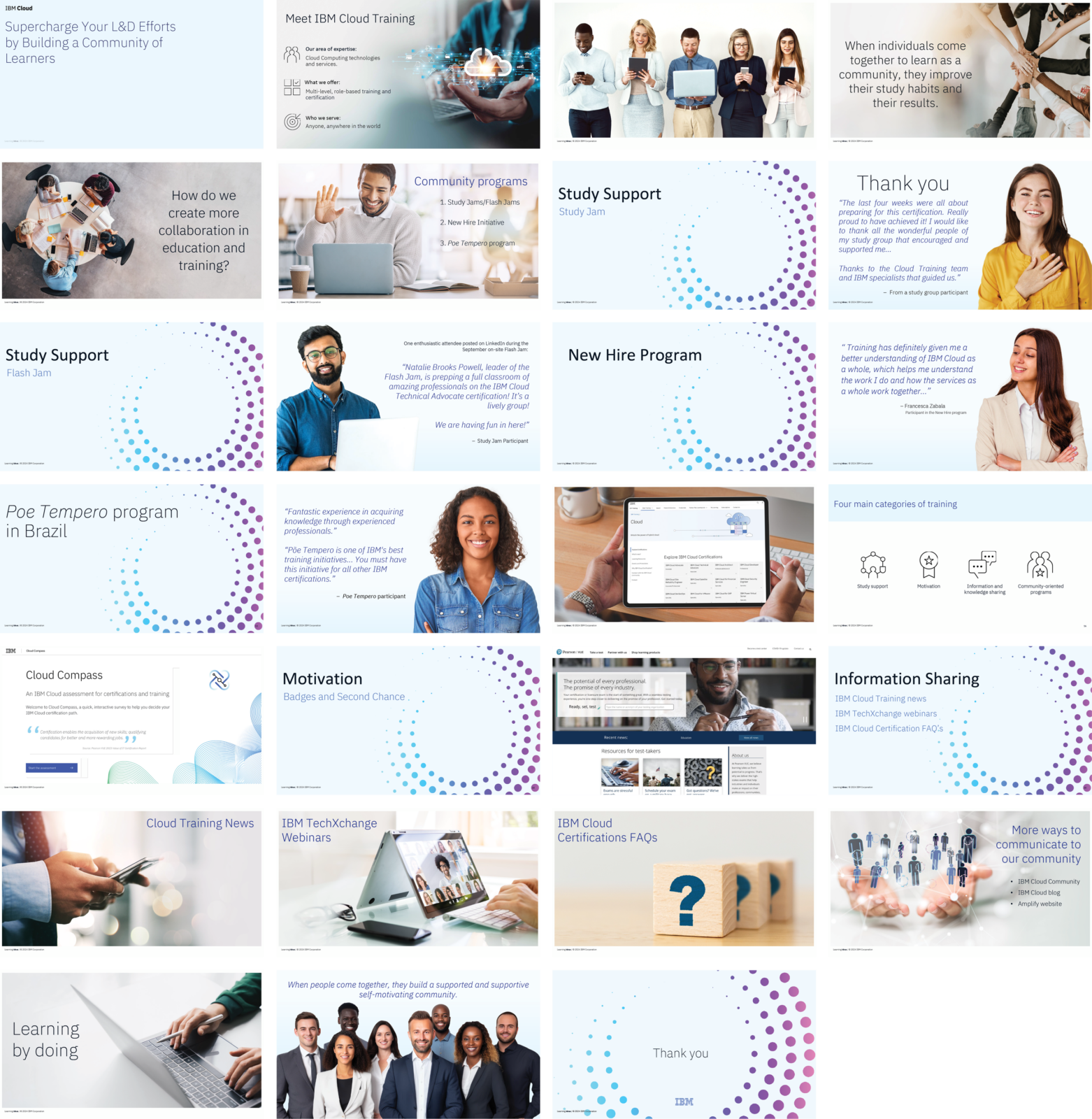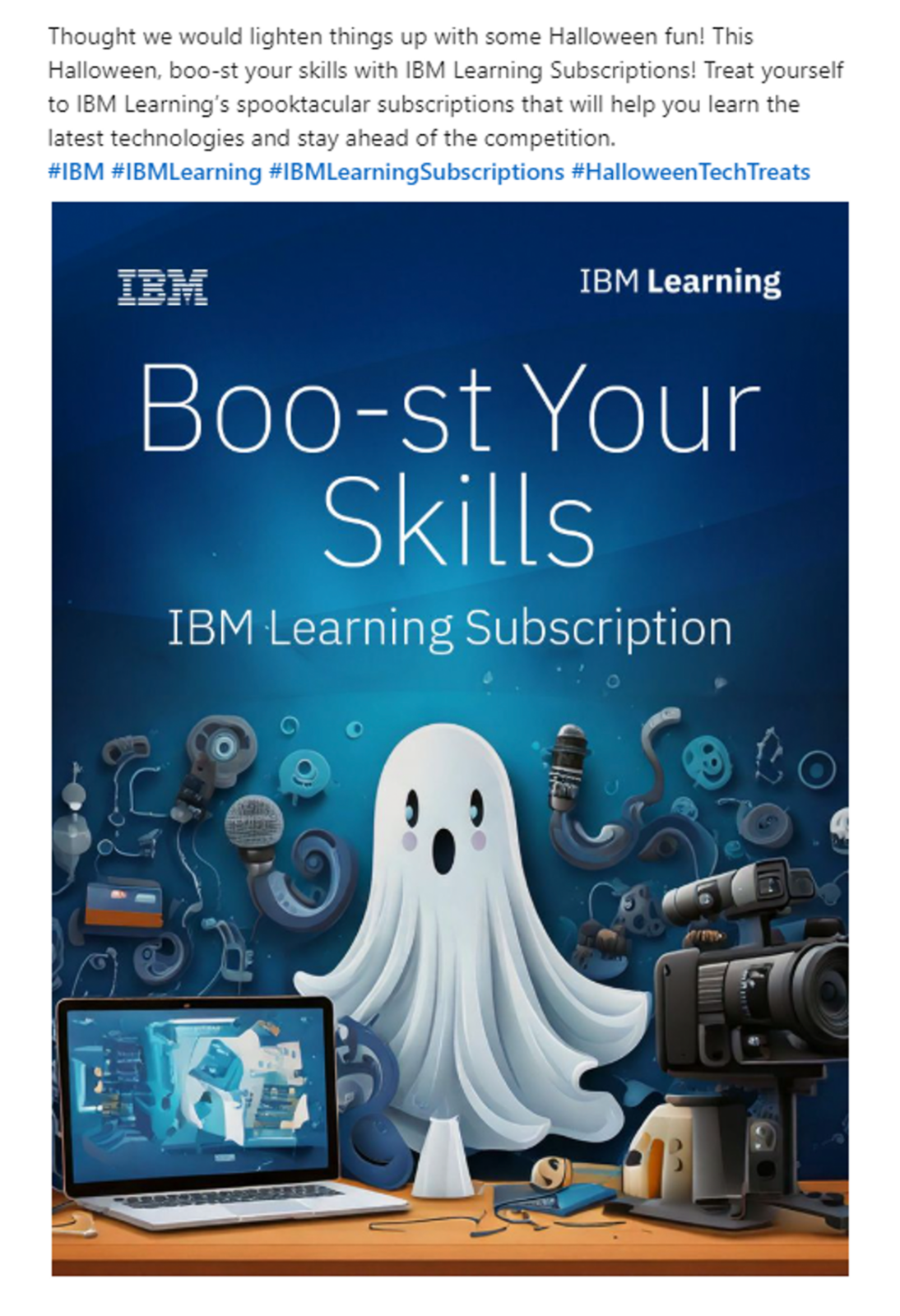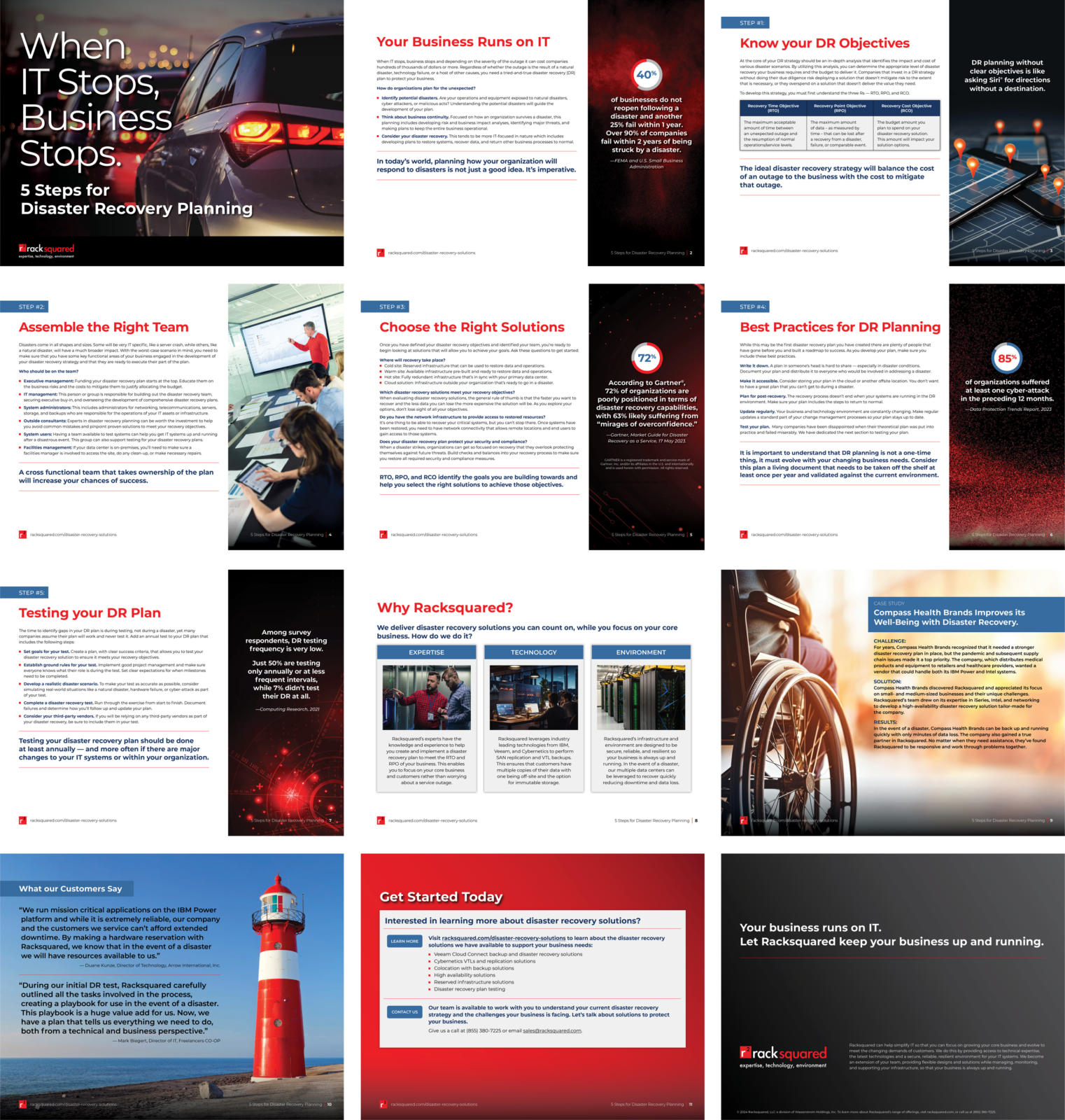Lessons learned pre-internet era still apply
By Brian Silverman
In the ‘90s, I had the pleasure of helping create the IBM Internet Briefing Center. I was part of a group of subject matter experts who were hired to become the hosts and presenters for IBM solution presentations at the beginning of the Internet era.
Because the team came from the field, labs, and development centers of IBM, we attended what we fondly called “charm school” to learn how to be successful presenters.
In today’s era of digital and in-person presentations, I still use key points from that training to help me give successful presentations.
Watch or listen to yourself present via an audio or video recording.
It is hard for me to do this. I am not entertained by my voice. I already know what I said. I can also remember where I stumbled in the presentation, so why listen or watch myself? Here are some reasons:
- Good presentation moments: we all miss the good parts of the presentation when we think back on our performances. Most of us focus on our mistakes. Learn to appreciate those moments where you excelled and celebrate your successes.
- Bad habits: we need to watch for bad habits that can creep in. Do you use repetitive hand gestures without thinking about it or look down too much? Does your voice drop off at the end of each sentence so the presentation becomes monotone?
- Awkward pauses: we all pause while we’re presenting. But, how many “uhs” and “ums” does it take to get through a 20-minute slide presentation?
- Use of humor: we should watch the types of humor in a presentation. Using too much self-depreciating humor can detract from credibility for example.
- Legible slides: Are the slides as legible on a gotomeeting or webex recording as they were in the office? Make sure the technology running a recorded webinar actually works.
The slides are the supporting cast. Don’t read your slides to your audience!
Here are some key points for good slidemanship:
- Slides support the topic: unless your audience is three-years-old, most people are reading the slides ahead of you. Make sure that your words and presentation are the audience’s focus and that the slides support your topic.
- Limit text on slides: keep to key points, and make sure what you are showing is relevant to what you are saying.
- Slide content: your presentation should include more than just the words on the slides. Remember, if all the words you want to say are on the slides, your audience won’t hear you as they have already read the content.
- Slide creativity: leverage supporting creative images, quotes, and graphics that spur your audience to think about your content.
- Quotations and anecdotes: finally, think about quotations and other anecdotal evidence for your slides. This helps support your content.
Practice makes perfect. A script supports your success, especially for a webinar.
- Scripts and practicing go hand-in-hand. It usually takes two or three practices to finalize the best order for the slides.
- Lack of practice shows: lack of practice is the main reason for awkward pauses and other distracting behaviors.
- Avoid overpracticing: practice assures you have a clear sense of what you are saying and will help prevent likely stumbles or loss of focus. But too much practice might make you sound as glib and as entertaining as an NPR promotional message (sorry NPR).
- Write out a script: all presentations need an actual script, not just speaker notes. You can use speaker notes to craft a script that works for your own personality and presentation style.
- Scripts are also important for a webinar: since you don’t have the luxury of audience feedback and seeing your audiences’ faces in a webinar, you do need to rely on an actual script to keep you on target.
- Be flexible: scripts for an in-person meeting can become a dead weight if they reduce flexibility. Stay focused on your audience in both an in-person meeting and webinar. Adjust to audience questions and feedback. Make sure the script and practice sessions help with your agility and confidence.
So you may not get the privilege I had to go to “charm school” to learn how to be a better presenter. But following my recommendations will help ensure you leave your audience with a clear understanding of your message.





That was very interesting. Were you in Texas for this presentation? As always, we are so very proud of you.
Lots of love,
Irene Mom